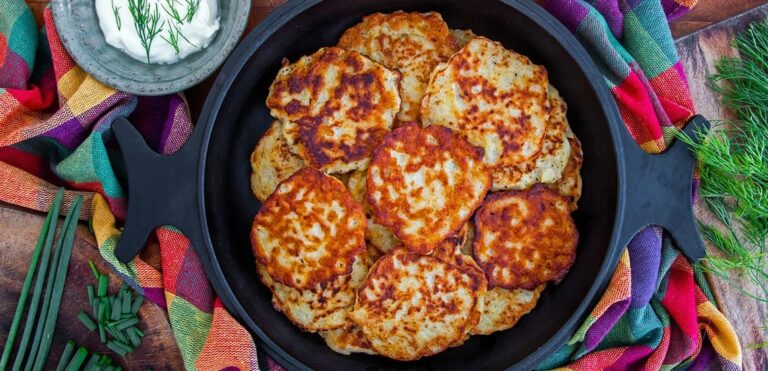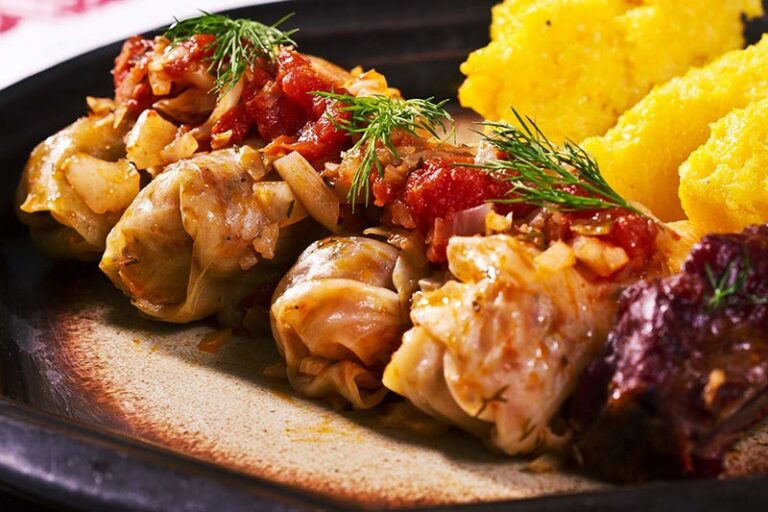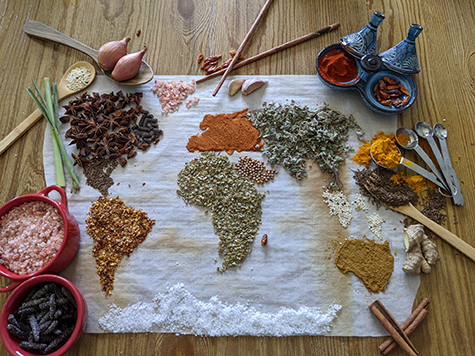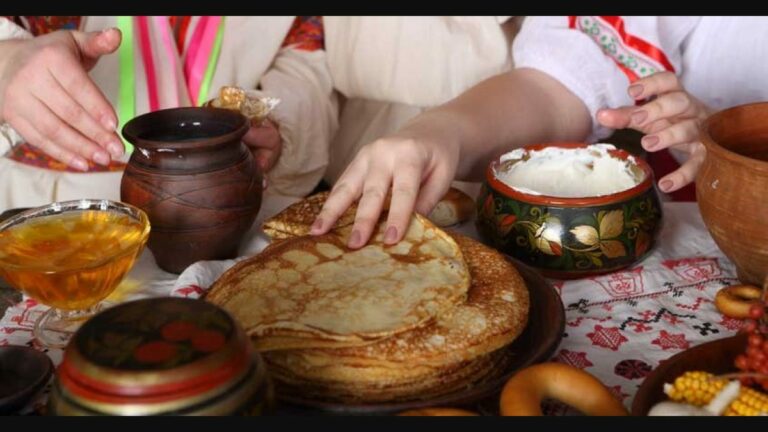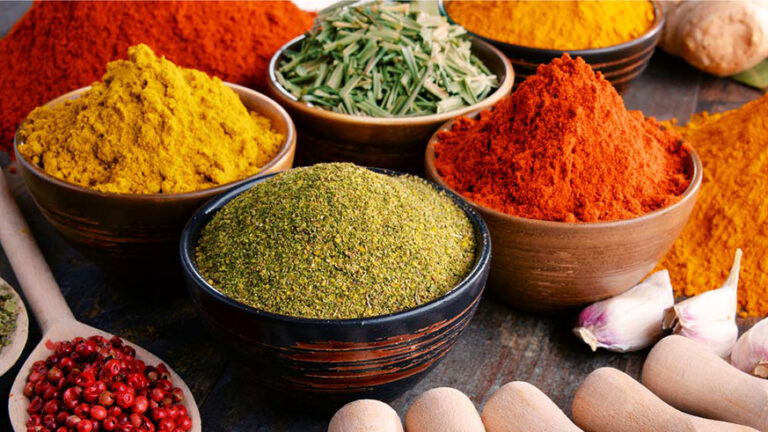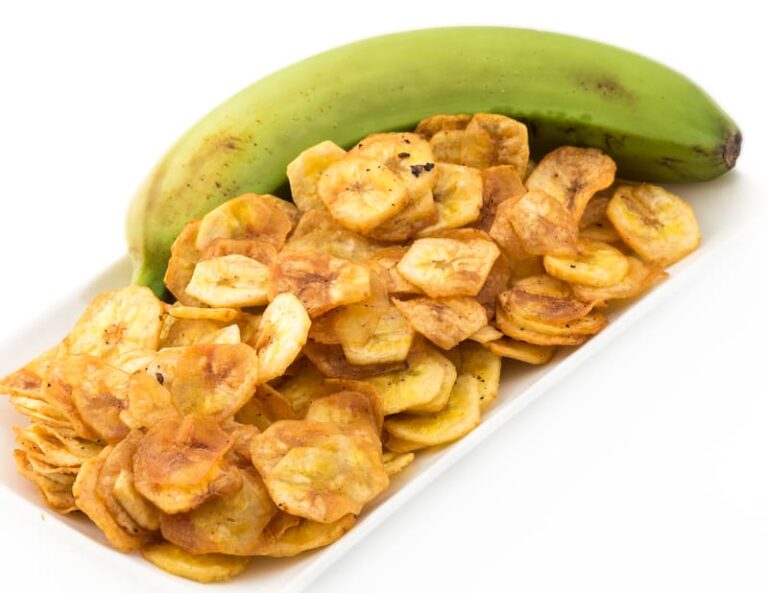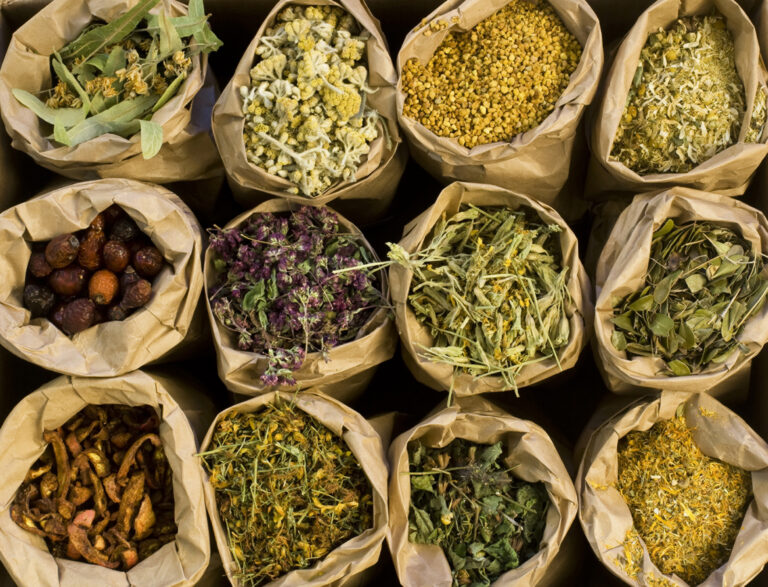Introduction to Romanian cuisine
Romanian cuisine is a reflection of the country’s geography, climate, and history. Located in Southeast Europe, Romania shares culinary influences with its neighboring countries, such as Hungary, Bulgaria, and Serbia. However, Romanian cuisine has its unique flavors and traditions that have been passed down from generation to generation.
The importance of cooking techniques
Cooking techniques play a significant role in Romanian cuisine. They are the foundation of creating delicious and healthy dishes that showcase the authenticity of the cuisine. Traditional Romanian cooking methods are simple and straightforward, often using local ingredients, and preserving the natural flavors of the food.
Traditional cooking methods in Romania
Traditional Romanian cooking methods involve baking, boiling, frying, grilling, and roasting. These methods are used to prepare a range of dishes, from hearty stews to sweet pastries. The use of fresh herbs and spices is also prevalent, adding depth and richness to the dishes.
Unique techniques in Romanian cuisine
There are several unique cooking techniques used in Romanian cuisine that set it apart from its neighboring countries. One of the most notable techniques is the use of clay pots. Clay pot cooking is a traditional method that involves cooking food in clay pots over open flames or in the oven. The clay pot absorbs the flavors of the ingredients, resulting in tender and flavorful dishes.
Clay pot cooking in Romanian cuisine
Clay pot cooking is a versatile technique that is used to prepare a wide range of dishes, from meat to vegetables. One of the most popular clay pot dishes in Romania is “tocana,” a stew made with pork, vegetables, and spices. Clay pot cooking is also used to make “sarmale,” a dish of stuffed cabbage rolls filled with meat, vegetables, and rice.
Grilling and smoking in Romanian cuisine
Grilling and smoking are also popular cooking techniques in Romanian cuisine. Grilled meats, such as “mici” (grilled minced meat rolls), are a staple in Romanian cuisine and are often served with mustard and bread. Smoking is used to preserve meat, such as “pastrama,” a type of smoked meat made with beef or mutton.
In conclusion, Romanian cuisine is a unique and diverse culinary experience that is shaped by the country’s history and traditions. The cooking techniques used in Romanian cuisine are simple yet effective, showcasing the natural flavors of the ingredients. From clay pot cooking to grilling and smoking, Romanian cuisine has a range of unique techniques that make it a must-try for food enthusiasts.


